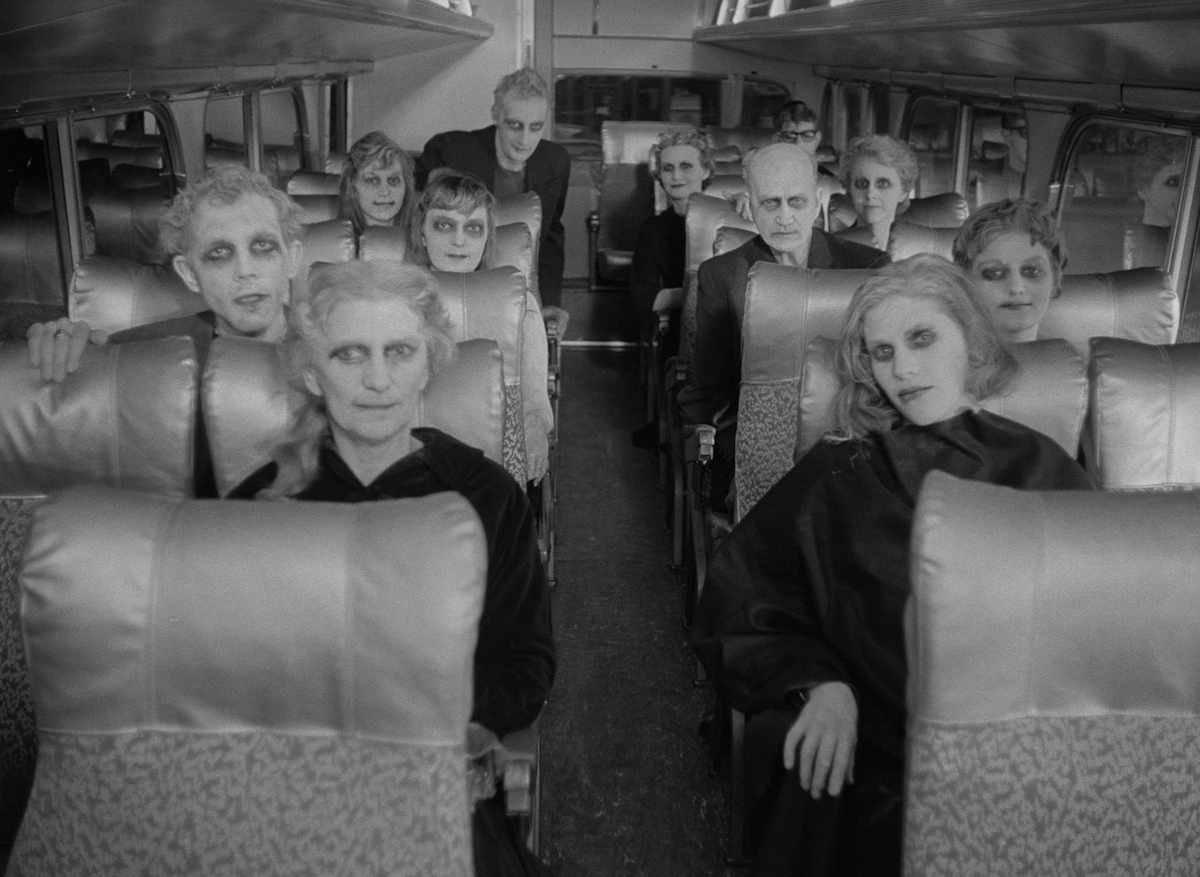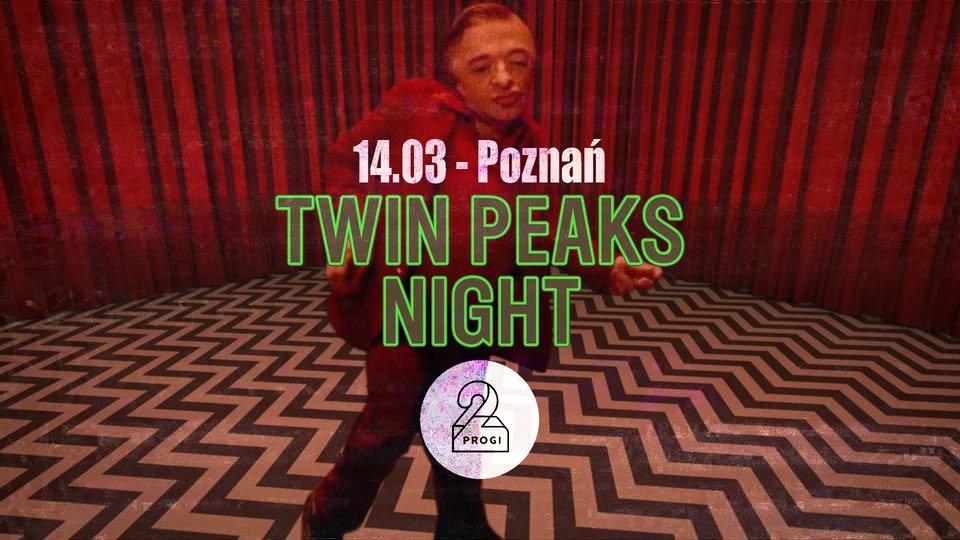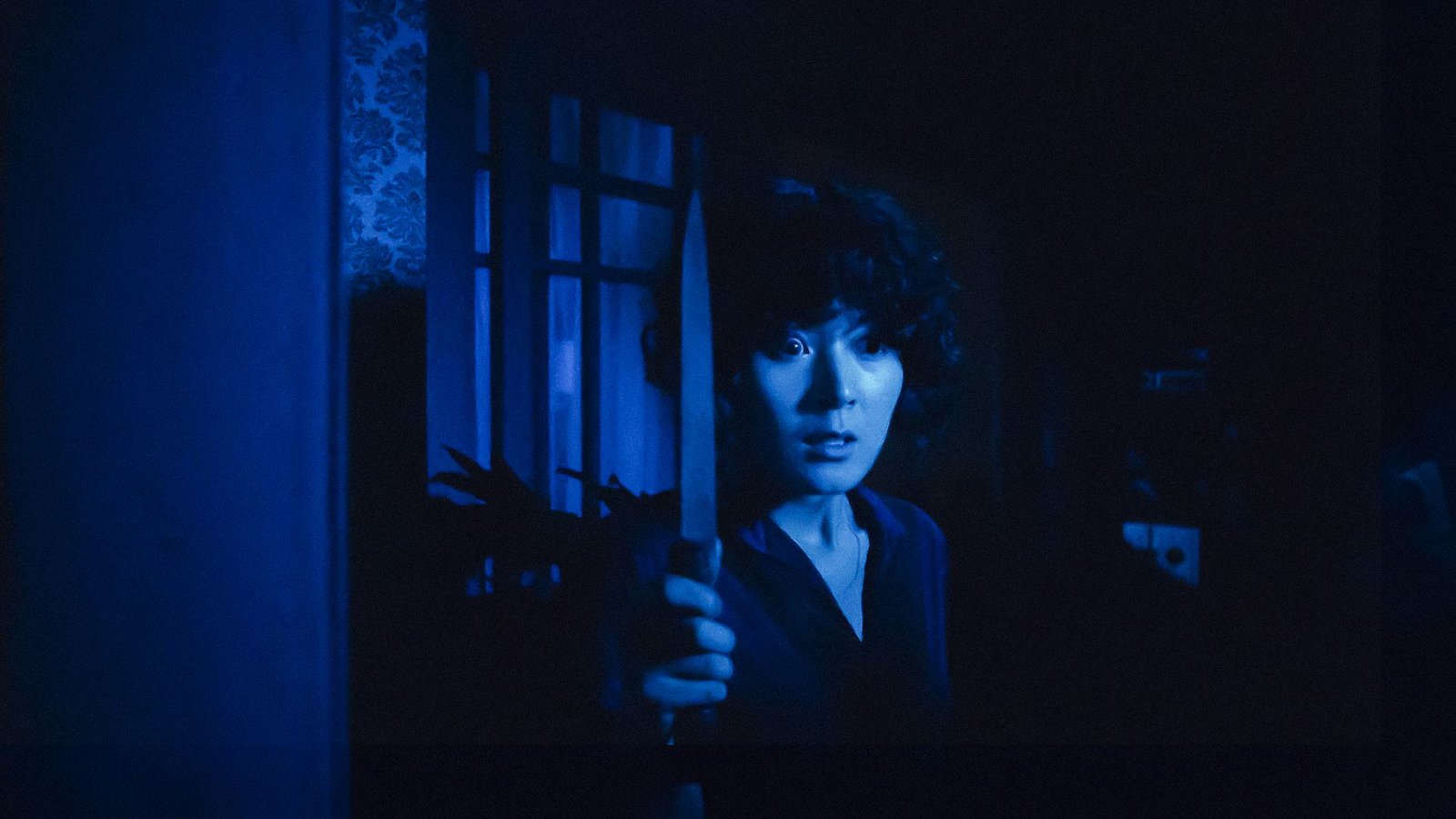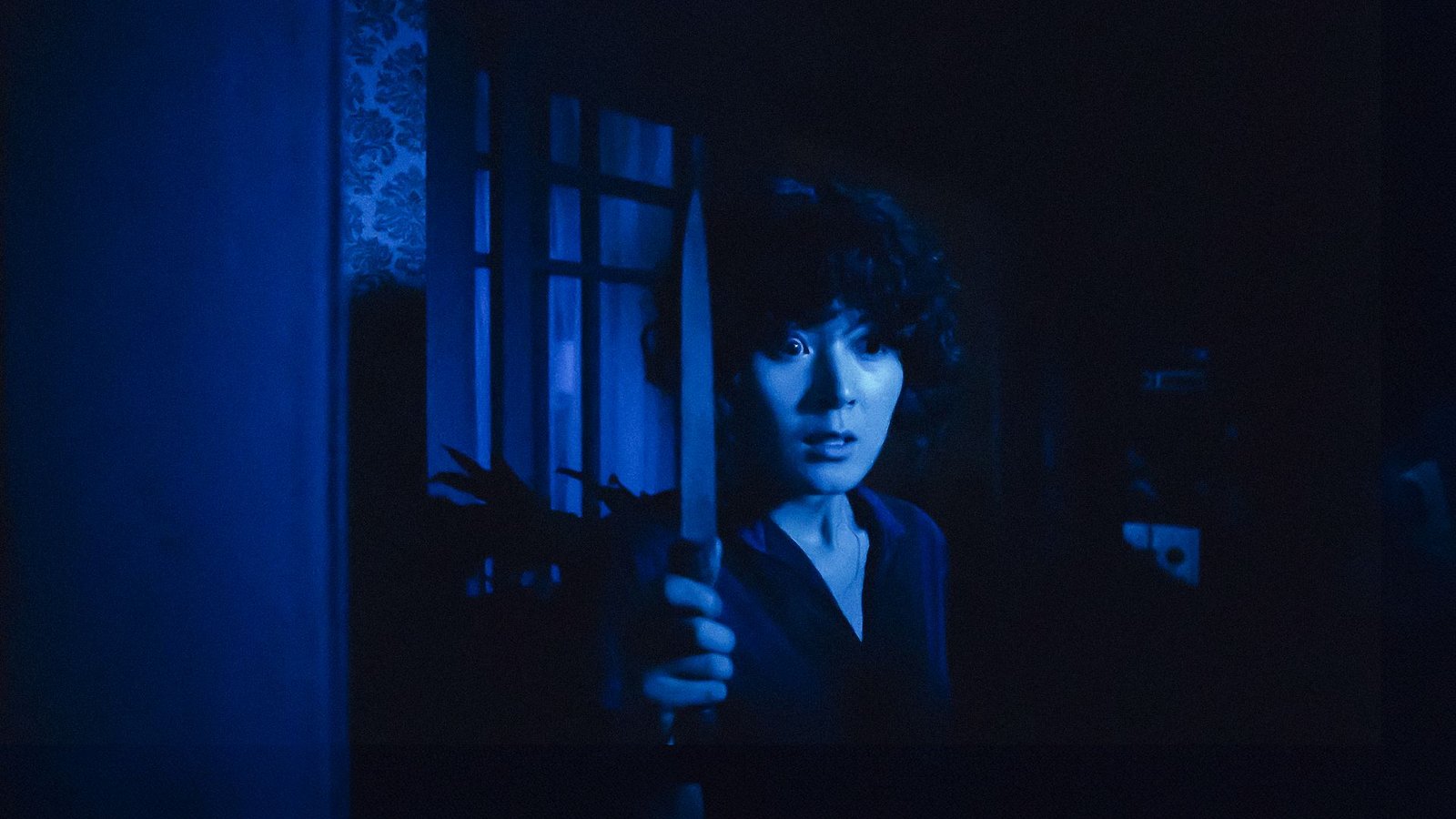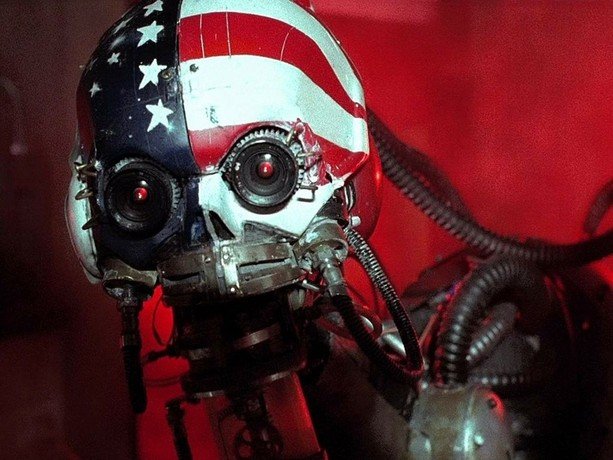Autorka: Justyna Wróblewska
I don’t belong in the world, that’s what it is. Something separates me from other people. Everywhere I turn, there’s something blocking my escape. – Mary Henry, „Karnawał dusz”
Kobieta zawieszona pomiędzy życiem a śmiercią. Obca, wiecznie niepasująca. Taka właśnie jest bohaterka „Karnawału dusz”, filmu, który zainspirował dzieło będące kamieniem milowym horroru „Noc żywych trupów” (1968), a także twórczość Davida Lyncha. Obraz Herka Harveya, uznany w pewnych kręgach za kultowy, nie cieszy się jednak wystarczającą rozpoznawalnością, niknąc w cieniu popularniejszych klasyków grozy. Niesłusznie, bowiem jest to film wyjątkowy, uwodzący klimatem zawieszonym gdzieś pomiędzy gotyckością, oniryzmem, a kinem niemym i niemieckim ekspresjonizmem. Idealny przykład do rozpoczęcia polecanek z serii „retrogroza”, w której skupię się na filmach o gotyckiej atmosferze, pełnych magii i mroku.
Mary Henry (Candace Hilligoss) i jej koleżanki odbywają przejażdżkę samochodem, gdy na ich drodze staje grupka mężczyzn namawiających je do wyścigu. Rywalizacja kończy się tragicznie – dziewczyny zostają zepchnięte z mostu, a samochód tonie w rzece. Podczas akcji ratunkowej okazuje się jednak, że Mary, jako jedyna z pasażerek, przeżyła. Jakiś czas później kobieta wyprowadza się do innego małego miasteczka, by objąć stanowisko kościelnej organistki. Mary od samego początku stroni od ludzi, stara się dokładnie wykonywać swoją pracę i nie zwracać na siebie uwagi. Z czasem zaczynają nawiedzać ją koszmary i halucynacje, podczas których widzi upiornego mężczyznę (w tej roli sam reżyser) śledzącego każdy jej krok. Czy straumatyzowany umysł kobiety zaczyna płatać jej figle?

Prawdopodobnej inspiracji do stworzenia „Karnawału dusz” dostarczyły reżyserowi dwa dzieła – odcinek „Strefy mroku” pt. „Autostopowicz” (1960) oraz krótkometrażówka „An Occurrence at Owl Creek Bridge” (1961). Jednak najmocniej wpłynął na Harveya widok opuszczonego lunaparku mijanego podczas przejazdu przez Salt Lake City. Tajemnicze wesołe miasteczko będzie wracało w filmie wielokrotnie – zafascynowana nim Mary od początku czuje z tym miejscem swego rodzaju więź, jak gdyby była przez nie wzywana.
Pomimo niskiego budżetu ekipie udało się efektywnie wykorzystać dostępne środki oraz zastany krajobraz, udowadniając, że czasem mniej znaczy więcej. Celem Harveya było stworzenie filmu formalnie przypominającego dzieła Bergmana i Cocteau, stawiając jednak na formę horroru skierowaną do kin drive-in, udało mu się wymknąć gatunkowym schematom. Zupełnie jak tytułowy karnawał, który według brytyjskiego wykładowcy prof. Chrisa Baldicka miał za zadanie obalać zastany porządek, tak i film Harveya wprowadzał zamieszanie w świecie filmoznawstwa. Horror o niepodważalnej wartości artystycznej? Do dziś nie mieści się to w głowach części krytyków traktujących kino grozy jako gatunek drugiej kategorii.
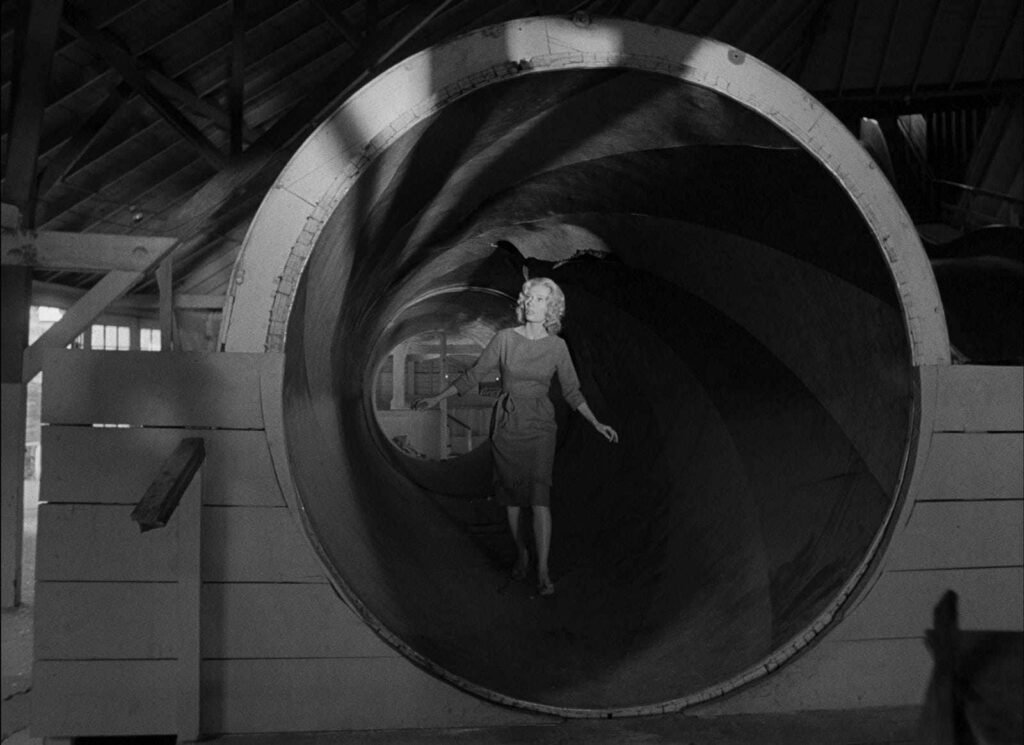
Ekspresyjne aktorstwo, zbliżenia na przerażone twarze i prosty, choć efektowny makijaż upiorów z miejsca nasuwają skojarzenia z niemieckim ekspresjonizmem. Sekwencje kręcone w opuszczonym lunaparku zachwycają aurą surrealizmu i umiejętnym budowaniem atmosfery grozy. Wesołe miasteczko to przestrzeń liminalna pomiędzy krainą żywych i martwych, między racjonalnością, a tym, co nieznane. Mary próbuje przekonać samą siebie, że to tylko opuszczony budynek, ale wkrótce miejsce ujawnia swoje prawdziwe oblicze – limba, w którym martwe dusze tańczą walca i czekają właśnie na nią. Okraszone przygrywaną na organach muzyką sekwencje grozy mają w sobie nutkę dziwacznej teatralności.
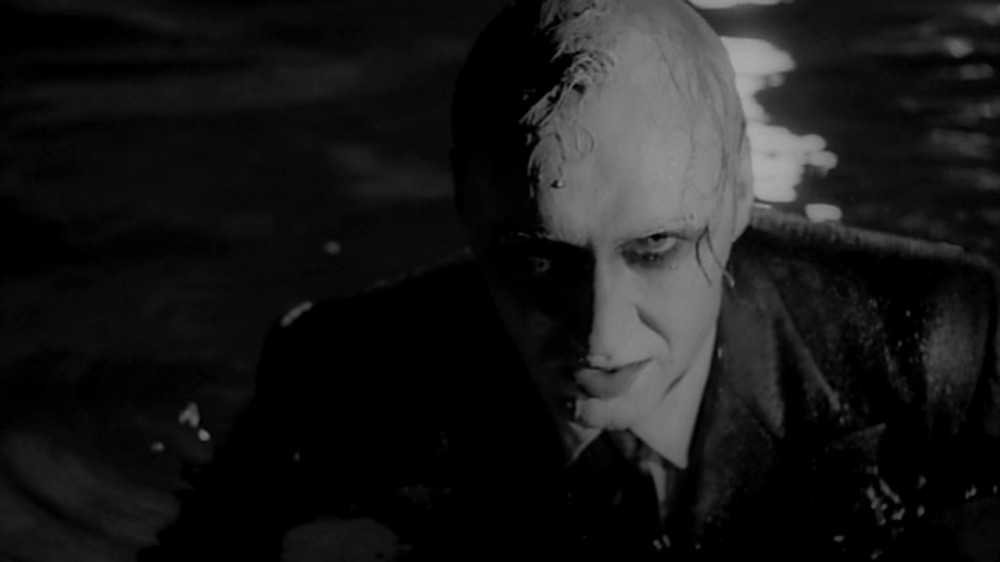
Tempo obrazu jest niespieszne, akcja snuje się niczym somnambuliczna główna bohaterka. Senny klimat wzmacnia też statyczna praca kamery, która porusza się raczej z rzadka. „Karnawał dusz” przypomina senny koszmar, z którego nie można się zbudzić. Zarówno pod względem technicznym (czarno-biały obraz, zbliżenia na szczegóły frapujące główną bohaterkę), jak i częściowo fabularnym obraz może budzić skojarzenia ze „Wstrętem” (1965) Romana Polańskiego. Oba filmy z pewnością łączy niepokojący klimat, a także postać protagonistki – w obu przypadkach wyobcowanej, dziwnej, nieprzystającej do norm społecznych. Tkwiąca w stanie liminalnym Mary nie pasuje do znanej jej rzeczywistości, jest pasywna. „Nie należę do tego świata” – mówi. Ukojenia nie przyniosą ani ksiądz, ani terapeuta, ani próby oddawania się przyziemnym przyjemnościom. Może jej miejsce jest więc w demonicznym lunaparku, u boku zjaw tańczących nocą taniec przeklętych?
Podobne filmy ➔ „The Sweet Sound of Death” (1965)

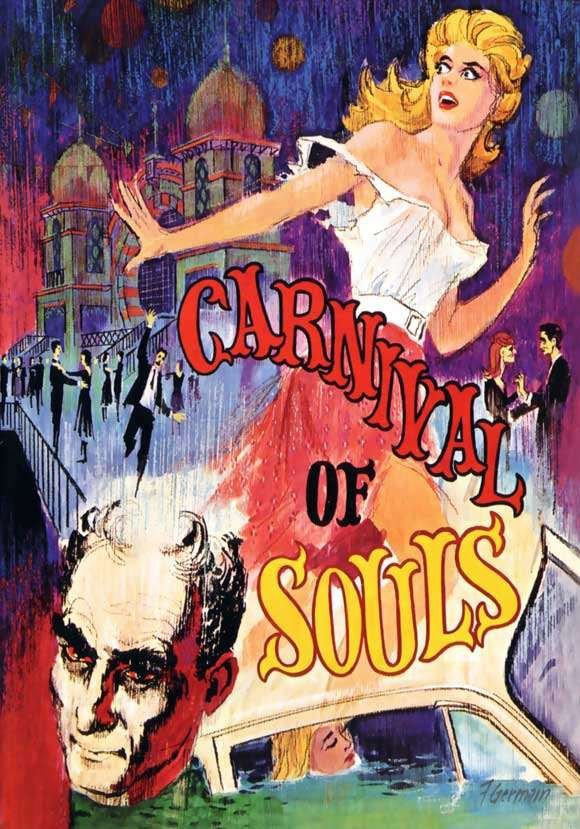
Plakat filmu „Karnawał dusz” (1962).
